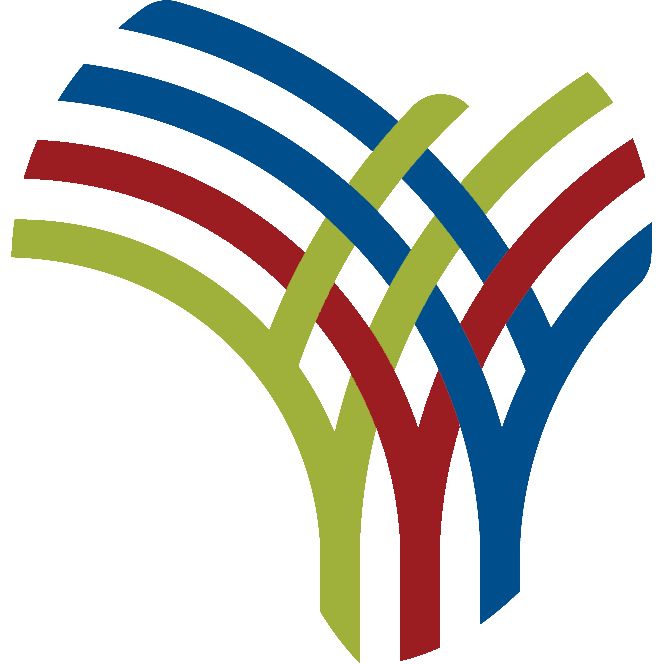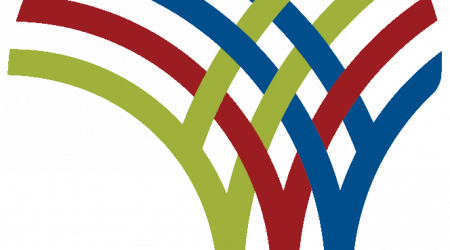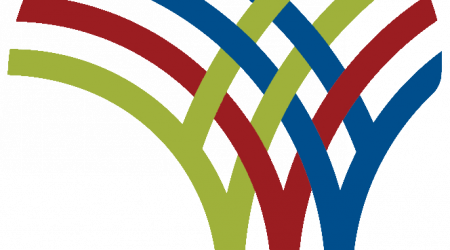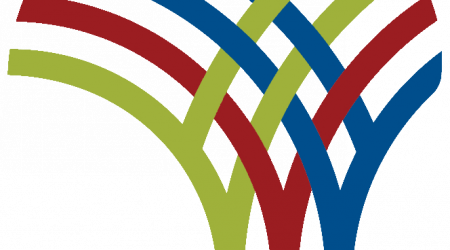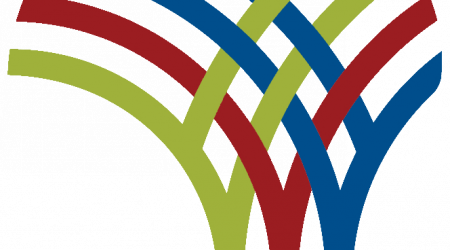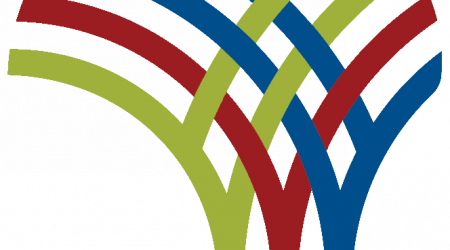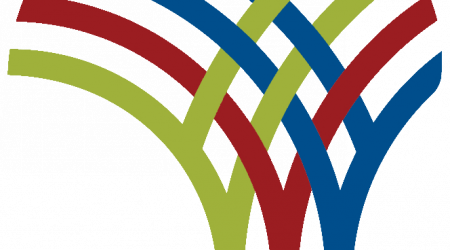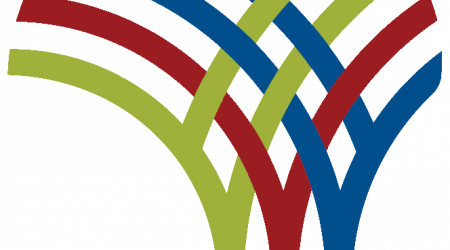Debating Ideas reflects the values and editorial ethos of the African Arguments book series, publishing engaged, often radical, scholarly, original and activist writing from within the African continent and beyond. It offers debates and engagements, contexts and controversies, and reviews and responses flowing from the African Arguments books. It is edited and managed by the International African Institute, hosted at SOAS University of London, the owners of the book series of the same name.
Ten years ago, three countries in West Africa - Guinea, Liberia and Sierra Leone - were in the grip of the largest-ever outbreak of Ebola Virus Disease (EVD). Since then, the world has experienced a pandemic of a novel virus - Sars Cov2 (causing Covid-19). This decade has thus witnessed the learning of some vital new lessons about epidemics. There is perhaps no lesson more important than how to adapt rapidly to unprecedented local challenges.
Too much of the EVD response was based on lessons acquired elsewhere. EVD arrived in Sierra Leone with the designation 'haemorrhagic fever', but bleeding was in fact a rare symptom, and doctors had to warn each other not to exclude a diagnosis of Ebola simply because there was no bleeding. No viral disease is alike. Nor does the same virus necessarily produce the same symptoms or offer the same challenges when it changes location. Unexpected manifestations require close attention and a nimble, adaptive response.
In these circumstances, no country or organization has a monopoly on wisdom. To talk of a 'world-class response' - as some British politicians did (about a Covid-19 vaccine roll-out) - is vainglorious posturing. The basic lesson to be learned was the need to take close note of local variations, and to encourage adaptation by empowering those most closely in touch with these variations 'on the ground'. This means structuring a response system in which local observers can be heard. The knowledge of patients, families, nurses and junior doctors must be sought and rapidly consolidated into patterns to guide an effective adaptive response policy.
EVD response in Sierra Leone faced an immediate dilemma. The official policy guidance on this deadly virus, spread by contact with the body fluids of an infected person, was one of 'no touching'. A suspected Ebola case should be handled only by trained health workers clad correctly in personal hazard protection clothing. It was immediately obvious, however, that this policy was unworkable.
First, there were no unique symptoms by which the disease could be identified. It required a blood sample and laboratory examination to confirm a case, and this test took several days before the result was back where it was needed. Second, there was an acute shortage of protective equipment. Where this equipment was available it would be in a treatment centre, and never where the patient was taken ill. How was the family then supposed to manage? A patient in the grip of Ebola is hardly able to walk unassisted.
As so often, technology was thought to be the answer. An urgent response phone line (117) was set up and a fleet of ambulances acquired, with crews clad in PPE and trained on patient handling. Insufficient attention was paid to what happens if there is no phone connection or no road on which the ambulance could travel.
A logical response would have been to circulate as widely and early as possible a protocol on how to care for a suspected Ebola case at home, while waiting for help. We were involved in calling for such a protocol as early as July, 2014, and were told it would be 'unethical'. There was no answer until the US Centers for Disease Control designed a poster offering such guidance, at the height of the epidemic, in November 2014. This was entitled 'Taking care of someone with suspected Ebola: be safe while you wait' (Richards 2016). Nothing was said about what to do if there was no road on which the ambulance could travel.
People began to take matters into their own hands and develop common sense solutions. First, they taught themselves to disregard media 'noise' - in particular the incessant messaging that Ebola was spread through bush meat consumption. From over 700 field interviews in December 2014 we found that most people could repeat media advice on the official 'cause' of Ebola, but if asked for their own judgement, they said EVD was spread by body contact. They put this judgement into practice by developing all sorts of ingenious ways of helping sick people while minimizing body contact. PPE was improvised with plastic bags as gloves, aprons and shoe coverings. Raincoats were worn backwards. Sunglasses served as goggles.
A striking example of this local smart thinking was when a local youth organizer was sent out to investigate an early case report in Moyamba District. The village was not on a road. An ambulance waited at the road head, while the youth leader was sent ahead on a motorcycle taxi, with a single PPE suit. The report proved to be true. Now the youth leader faced a dilemma - who should wear the PPE, himself or the bike rider? All three people would have to travel on one bike, otherwise the weakened patient would fall off. He then decided to use it on the patient. He tells the story self-deprecatingly, as if to say 'how stupid can you be?', but it may, in fact, have been the best option in the circumstances.
Chiefs began to develop security procedures to stop people moving around, e.g. through imposing local check-points to exclude visitors. Even relatives returning to their home villages were sent back. Chiefdom burial teams were formed, to handle corpses as safely as possible. Carts and chlorine were bought with monetary donations from anxious community members in the diaspora. Chiefdom councils enacted local bye-laws designed to limit movement and prevent unsafe practices, such as large funeral gatherings. These activities supplemented, and in some cases, preceded official epidemic management practices. The national Ebola Byelaws, laid before Parliament on 5 August 2014, were based on local rules agreed and implemented by the Paramount Chiefs of Kailahun District weeks earlier.
Perhaps the best example we can give concerning local adaptiveness concerns the decision to apply, proactively, intravenous line rehydration to patients entering the 34 Military Hospital at Hastings, in Freetown. Up to then IV lines had only been attached in extremity. Routine attachment was considered a risk not worth taking by the international agencies experienced in Ebola response. Led by General (Professor) Foday Sahr, the military doctors broke with this accepted view and attached lines even while waiting for the results of a laboratory test.
Seeing so many of their patients die, this group of quick-thinking young doctors had wondered whether they were dying of Ebola or of dehydration. In effect, might a different model - cholera response - be a better way to handle the disease? Professor Sahr granted permission to try the proactive rehydration experiment. The results were startling.
One of us (Daniel B. Cohen), monitoring information on Ebola for the Presidential Special Advisor on the disease (the late Professor Monty Jones), noted a letter published in the New England Journal of Medicine in December 2014 (Ansumana et al. 2015), confirming the remarkable reduction of case fatality rates. These had dropped from around 70% to 30%.
What had happened in Hastings from 20 September 2014 onwards was a game changing innovation. The thinking behind the change is described by Dr Mohamed Boie-Jalloh (one of the signatories of above cited letter) in an interview with the journalist, Amy Maxmen (2015):
'Because it would take so long to get a diagnosis, we started treating suspected Ebola patients with intravenous fluids before their results came back -- we noticed that they were getting better even before they got a positive diagnosis.... This was at odds with the policy of Doctors without Borders. They only gave IV fluids once a ... patient was in a very late stage of the disease. [We] ... held a meeting amongst ourselves and decided to treat suspected patients as soon as they checked in.'
This shift transformed the epidemic. A major problem with Ebola response in Sierra Leone was that international agencies had repeatedly stated the risk of death was as high as 90%. The aim was to shock people into taking EVD seriously, but among poor people who live with hazard and death daily it had a perverse effect. The ordinary people then said if that is the case, we might as well as die at home, and not even bother to seek help.
This became a self-fulfilling prophecy. People arrived at treatment centres only at death's door. The security in these places (no visitors were allowed) and the lack of survivors meant Ebola Treatment Units (ETUs) were widely seen as death camps to be avoided at all costs. Dropping the death rate to around 30% meant that it was now sensible to seek specialist help earlier rather than later; cases were identified before they became massively infectious; and an increasing band of survivors spread good news about the real purpose of ETU activity.
The better survival rates led to urgent heart-searching among other responders. It was agreed the evidence for early rehydration was now clear. Some climbing down was required. This was done via a paper jointly authored in the New England Journal of Medicine, published on 24 September 2014 by Lamontagne et al., given the curious but meaningful title: 'Doing today's work supremely well: treating Ebola with current tools'.
If the adoption of proactive rehydration was a crucial point of inflection in the epidemic, other situation-specific innovations followed, notably localization of testing and treatment through Community Care Centres (from November 2014). This gave families a way of engaging with the epidemic. These new small centres were located within villages where the epidemic was advancing and had better communications (daily phone calls to families, for example).
Even if families could not visit patients, they could now see what was happening to them through facilities with open-sided fences. By contrast, the earlier large ETUs were often far from areas of new infection and isolated 'in the bush', ringed with security. In effect, much damage was done early in the epidemic by a dogged refusal to recognize the role of the family as a central component in local health care decision making, and to allow for and safely reshape that role.
On the reduction in Ebola death rates, we let Professor Sahr and his colleagues have the last word (in a letter to The Lancet):
'By framing the outbreak within the trope of African subjugation or passivity in the face of international colonialists (humanitarian or otherwise), the agency is removed and the sacrifice belittled of the west African health-care workers, such as those who ran the Sierra Leonean Ministry of Health and military facilities in which our study was based. For example, far from "offering little in the way of intravenous resuscitation", the Republic of Sierra Leone Armed Forces provided aggressive parenteral fluid resuscitation from their opening in September, 2014, several months before this protocol was scaled up in internationally run facilities.'
This then gives us our conclusion. Local agency plays an extremely important role in epidemic management, and ways must be found to cultivate it, whether this be the agency of local medical institutions and specialists or the agency of citizens, families and patients. Pandemics may be global, and epidemics large-scale events, but responses must also be adequately local.
References
Rashid Ansumana, Mohamed Boie-Jallo, Foday Sahr et al. (2015) Correspondence: 'Ebola in Freetown Area, Sierra Leone - a case study of 581 patients', New England Journal of Medicine 372: 587-8, DOI: 10.1056/NEJMc141368.
Felicity Fitzgerald, David E Baion, Kevin Wing, Shunmay Yeung, Foday Sahr (2017) Letter: 'The predicament of patients with suspected Ebola', The Lancet, 5 July.
Amy Maxmen (2015) 'To prevent the next plague listen to Boie-Jalloh', https://www.npr.org/sections/goatsandsoda/2015/10/08/446631677/to-prevent-the-next-plague-listen-to-boie-jalloh
Paul Richards (2016) Ebola: how a people's science helped end an epidemic, London: Zed Books.
Daniel Cohen was an external advisor to Dr Monty Jones, who was the advisor on Ebola to Pres-ident Koroma of Sierra Leone, throughout the Ebola West Africa epidemic. Esther Mokuwa is from Bo in central Sierra Leone, and holds a PhD in development studies from Wageningen University. Currently she is a research team leader for the Pares project on community-driven health (UK National Institute of Public Health). Paul Richards is an anthropologist with experience of living and working in West Africa over several decades. He is a professor at Njala University in Sierra Leone. He is author of Ebola: How a People's Science Helped End an Epidemic (2016).


















